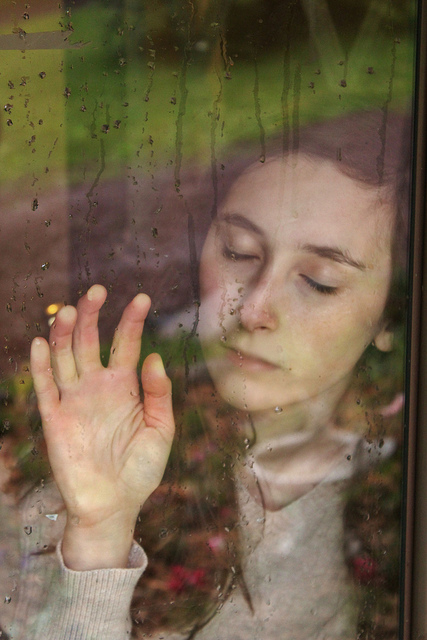A person recently asked me how to work with feelings of emptiness and worthlessness, as well as the loss of trust in one’s self.
Never a comfortable space to be in, the state of feeling empty or worthless are nevertheless common human experiences. Nobody wants to talk about them, and the silence is deadly.
Although I’m not a clinically or professionally trained therapist, I’ve felt these feelings and have my own experiences in relating to them. Perhaps the things I’ve learned from these experiences may provide some comfort.
1. We never want to feel empty, yet it happens.
Who wishes to experience the negative intensities of life? We continue on with our lives, and yet the influence of past experiences remains with us. These feelings and memories engage our mind and nervous system until they are integrated, often at unwanted times and in ways which complicate life.
2. If we do not look at and validate our emotions and state of being, we are not valuing the experience or even paying attention to what is really happening.
If we’re too busy beating ourselves up for feeling what we’re feeling, how can we pay attention to what is actually happening? If a person shuts us down, calls us names or negates our feelings, we’ll be angry with them. Likewise, when we negate ourselves, we’re denying our own experience.
3. The feeling of emptiness isn’t the lack of feeling.
The feeling of emptiness is still a feeling; it doesn’t feel empty. We have to be able to feel empty. Life, stress and anxieties have built to an overwhelming point, and the result is that our nervous system goes into a protective mode and we shut down. Nevertheless, the feeling of emptiness remains a healing space—just not the most comfortable one—because it demands that we face ourselves.
4. There are other feelings present.
We have the ability to choose our feelings. Visceral feelings go a long way. The breath still moves, the heart still pumps blood, the nerves still feel pain. Behind the emptiness is a host of other emotions, hopes, dreams and the knowledge of who we are. The emptiness is akin to mixing colors in art, where one color is the result of other colors. Yellow and blue make green, love and anguish make emptiness.
5. The feeling of emptiness is a yearning to live.
While the feeling of emptiness appears negative, it can be a tabla rasa for the soul.
Who wants to be haunted by the past and burdened by anxiety about the future? Not everything in life is pleasant, and it takes time to come to terms with the full depths of what happens in life, relationships and love.
The feeling of emptiness is a stark background, against which choices can be made consciously. Akin to a chiaroscuro painting, the aspects of life that we cultivate stand out in the light. The foundation and architecture of life can be chosen, moment by moment and breath by breath.
6. The way we relate to the feeling of emptiness unveils our relationship style with ourselves and others.
The way we speak and feel about ourselves when we feel worthless and empty and go through rough patches shows us the language we use in our relationships.
The language is expressed internally to ourselves and externally about people, the environment and events. It represents the beliefs, attitudes and feelings we have about ourselves and others, and is nothing more or less than an intimate glimpse into our souls and the mechanism of our own personal wounds and talents. In seeing this language, we can change our internal dialogue. In seeing our attitudes and beliefs about what should and shouldn’t be, we are presented with the opportunity to surrender our defenses internally to our ourselves and come to internal integrity.
Use self-validating language. Develop compassion and understanding. Learn to relax within.
7. Being present brings integration.
The last thing we want to experience is the feeling of emptiness, or as I call it, “lack of life.” In my experience of it, I’ve learned how to be present within it. It’s not an easy experience, but it is liberating. The emptiness is where our forgotten dreams and the misplaced aspects of our self remain. In being present within it, we remember who we are.
In such times, if I abandon myself, who could help me?
No loving soul, not even the Creator, can help a person who does not want help.
How do I not abandon myself even though I’m always aware of the shadows of death and the grim realities of our war-torn world?
In the farthest spaces of heart, mind and soul, where hope fades and the reality of life and death stands naked, the soul is bared and the life and light remains.
This life is a mystery, a song and my solace.
In this, I find serenity, peace and power.
Where there is life, there is hope.
Once again, I am brought home.
Author: Keith Artisan
Editor: Evan Yerburgh
Image: Flickr

 Share on bsky
Share on bsky





Read 0 comments and reply